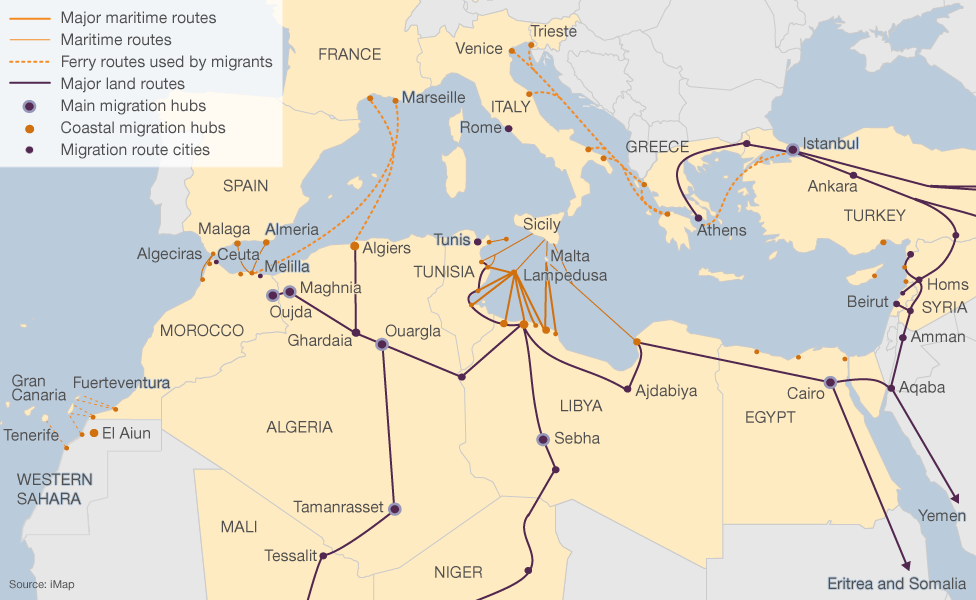The Australian and Cambodian Immigration Ministers signed an agreement in late September which will allow refugees who arrive in Australia to be resettled in Cambodia. In exchange for accepting an unspecified number of refugees, Cambodia will be given 40 million Australian dollars as well as extra resettlement costs. The 40 million will be spent on development projects and is in addition to the 79 million in aid that Australia has already given to Cambodia. There are fears that this money will be misused or lost to corruption.
Immigration Ministers Scott Morrison and Sar Kheng after signing the agreement
(http://www.bbc.com/news/world-asia-29373198)
Cambodia has a population of about 15 million, 20% of which are living below the poverty line with 37% of children under 5 suffering from chronic malnutrition. The schools system is poor and infamously corrupt. The country is one of the poorest in Asia and over half of the government's money is from international aid.
Mr. Morrison encouraged the deal, saying that "those found to be in genuine need of protection will now have the opportunity and support to re-establish their lives free from persecution," only months after the Australian government condemned Cambodia's human rights history at a UN human rights hearing. Amnesty International is calling the deal "a new low in Australia's deplorable and inhumane treatment of asylum seekers," and other Human Rights groups have stated concerns that Australia is ignoring international obligations.
Antonio Guterres, the United Nations High Commissioner for Refugees, commented on the situation saying, "We are seeing record forced displacement globally, with 87 per cent of refugees now being hosted in developing countries. It's crucial that countries do not shift their refugee responsibilities elsewhere." The UNHCR supported his statement, saying that asylum seekers should be protected by the state in which they arrive in accordance with international law.
At the moment, the deal between Australia and Cambodia seems more like a trading agreement. In this situation it is not cotton or oil being exchanged for money, but people.
















